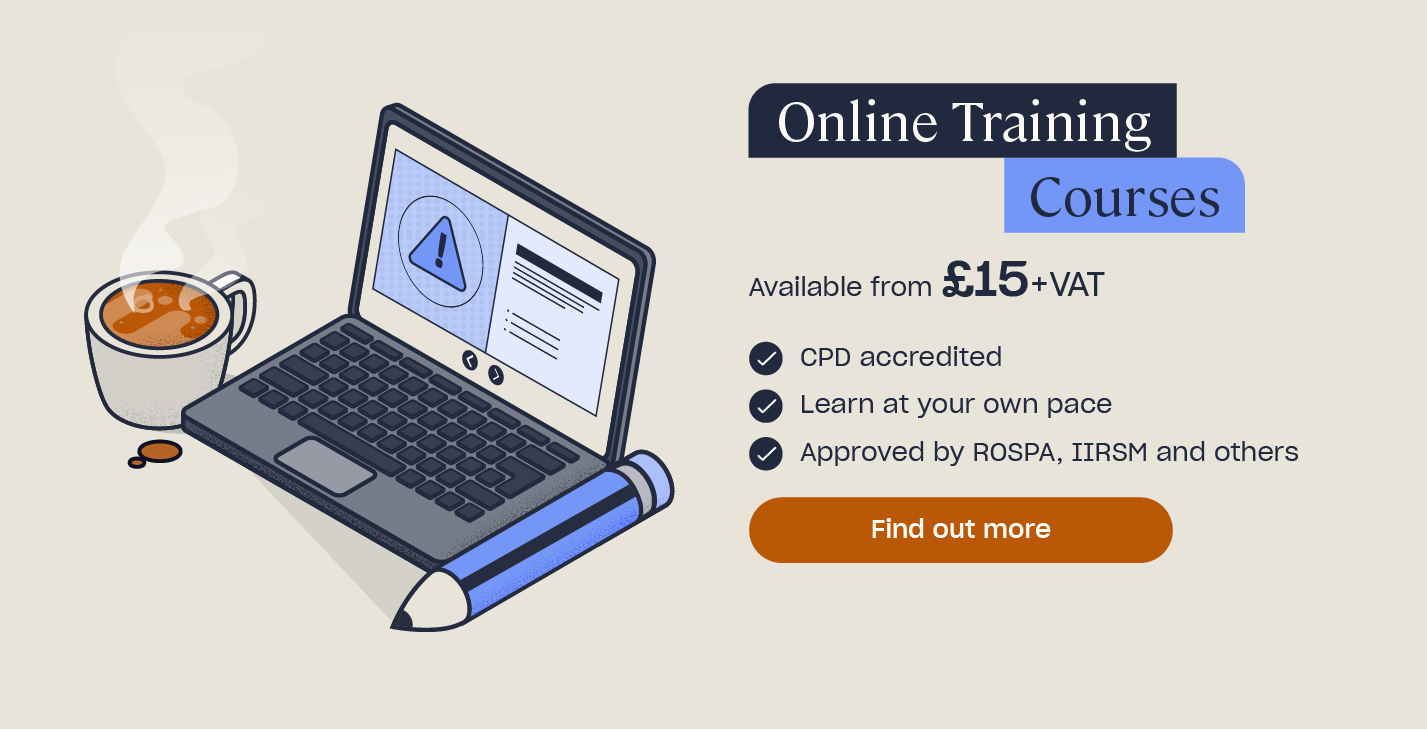Training Needs Analysis: Free Template
Every business must commit time and resources to ensure that training and development requirements are met. This means that all employees should undergo training programmes that are tailored to their job role and them as an individual. A training needs analysis is a useful tool that employers, managers and those in HR can use to assess what training needs are essential for the business, job role and individual. It is used to identify where there are gaps and establish how any gaps in skills and knowledge can be filled.
In this article, we will outline the purpose of a training needs analysis, the different types and why you should consider implementing this tool in your workplace. We will also explain how to carry out a training needs analysis and provide you with a free downloadable template to use.
What is a Training Needs Analysis?
A training needs analysis (TNA) is an important step at the start of an organisation’s training lifecycle. It is used to determine what training is needed in order for tasks to be carried out effectively by identifying the skills and knowledge required and assessing any gaps between current and required capabilities. This type of analysis may look at training within a certain period, rather than focusing on an individual’s long-term training needs.
Types of Training Needs Analysis
It’s worth noting that a training needs analysis is a flexible tool that can be used in multiple ways to analyse the different aspects of training required. You can adapt the analysis to be suitable for your needs. Typically, a training needs analysis will focus on one of three levels – the organisation, the job role or task and the individual.
At an organisational level, a training needs analysis can be used to determine the capabilities of the organisation as a whole. It can assess whether issues that arise are currently managed well and whether the organisation is prepared for potential problems, such as certain skills gaps. The senior leadership team should be consulted about future predictions and the proactive measures in place to mitigate risk. For example, there may be gaps that need to be filled with training and resources to ensure the organisation operates as intended during an employee’s upcoming paternity leave.

The next level is an analysis of job roles and tasks to determine what skills and knowledge is required to bridge the gap between current capabilities and those that are required for a specific job role or task. You will also consider the specific team’s training requirements. Each position in your organisation should have clear skills, training requirements and expectations established. This must be communicated and understood by the employee. Due organisational direction, changes to a job role may be required to include new responsibilities. To meet these, additional skills may be needed which can be developed through training. Similarly, additional capabilities may be essential to complete a particular task. To ensure this, a training needs analysis may be used to determine the current position, where the organisation needs to be and what training is required to achieve this.
The third level of a training needs analysis that you can conduct is of an individual employee. Here, you would focus on their current performance and identify where there are any gaps in skills or their capabilities. You should then support the individual with their development by implementing a training programme to enable them to meet the desired performance standard.
Why Do a Training Needs Analysis?
Completing a training needs analysis allows you to closely examine the knowledge, abilities and skills of an organisation. Often, the results are used to improve the overall performance of an organisation through identifying gaps and implementing measures to solve these. In addition, these capabilities may be benchmarked against prospective employees, used for career progression and promotion purposes, or used to identify disparities between employees due to differences in work experience.
A lack of sufficient training can have numerous consequences. Employers have a legal duty to ensure employees receive the information, instruction and training required to ensure everyone is kept safe and well, so far as is reasonably practicable. If there are gaps in health and safety or other compliant-related training, your organisation may be at risk of breaking the law. You can learn more about the impacts of a lack of training in our article The Consequences of a Lack of Training in the Workplace.
Want to Learn More?
We offer a range of Online Training Courses which can help to train and upskill your workforce. This includes Communication Skills, Leadership & Management, Microsoft Excel and Google Sheets, PA & Secretarial Skills, Confidence Building and more.
It’s essential that businesses constantly assess the training needs of their workforce. By identifying where there are shortcomings, you can implement effective training solutions. From a business perspective, this ensures that the organisation functions well because measures can be introduced to enable growth. You will get the very best out of your employees who are engaged, motivated and, therefore, more productive.
Further benefits of a training needs analysis include:
- Gaps are identified and can be managed before they become problems. This provides a proactive approach, rather than a reactive one.
- Managers and other senior employees have greater insight into the current capabilities of employees. This prevents issues from occurring which the organisation is unaware of, such as due to limited supervision when working remotely.
- Training programmes can be created and set out in advance. This allows for more thorough planning of training which is suitable for the individual and planned around their usual work tasks. Those who plan the training have better oversight and can prioritise training needs.
- You can focus on the right areas and deliver the right training. It’s often not beneficial to administer identical training solutions to all employees. A TNA identifies areas for improvement that are more specific and therefore suitable for the person undergoing the training.

Employee satisfaction is an important factor in whether an employee stays working at an organisation. In acknowledging gaps and working to bridge these, employees will feel as though their professional development is supported. They will recognise that their employer is invested in learning and development strategies and keen for them to continue developing themselves both professionally and personally.
You can use the results of a training needs analysis to inform an individual’s personal development plan (PDP). This is a tool which can be used by an employee to establish achievable steps which will help them to reach a particular goal. Having identified gaps in their knowledge, skills and abilities through a TNA, these can be incorporated into a PDP with clear goals, actions and dates to achieve them by.
Resources for Personal Development
If you want to find out more about PDPs, take a look at our Personal Development Plan (PDP) Guide & Template and What are Personal Development Goals for Work? articles. For ideas on how to upskill the workforce, our 6 Ways to Upskill Your Employees contains practical suggestions.
How to Conduct a Training Needs Analysis
To conduct an impactful and effective training needs analysis you firstly need to understand what goals you want to achieve. Consider what direction and goals the organisation wants to follow in the longer term, rather than just the immediate future. This will then determine what type of TNA you carry out, such as if it’s looking at the organisation as a whole or a specific job role, task or individual.
You should then identify the specific knowledge, skills and abilities that are required, whether that be for a job role or a specific task. Does this need to be an awareness level? Or do they need to apply this and support the training of others? Remember to consider any training or qualifications that are legally required. You should also include a cost analysis and factor in the budget you are working with. Next, you need to decide how you are going to measure the current knowledge, skills and abilities of employees. There are numerous approaches you can take here, such as feedback from various sources or competency-based assessments. At this stage, you should communicate to and work with employees to understand their experiences and which areas they think they need to focus on improving in. You should then be able to identify why they currently can’t perform at their best. While carrying out the analysis, you should aim to focus on the organisation, or teams, as a whole. This means considering how the whole team can benefit from learning or developing new skills. However, remember that not everyone will need the same training and individuals may have specific needs.

Once you have made an assessment of current performance, the gaps in learning and development should be apparent. This analysis should also highlight people’s existing strengths and where there is potential to build on these to improve the organisation’s performance. You will then need to consider what training is required to close these gaps and how this will be implemented. At this stage, you should decide on priorities and establish clear timelines for completion. Remember that you will need to continuously review the success of different training programmes and gather feedback from those involved. To ensure the training determined by the TNA meets organisational goals, you should make use of the data that is available.
You should include those who will be affected by the TNA and any outcomes in the process, where appropriate. As well as keeping them informed of decisions that may impact them, this will give you greater results. Individuals will be able to identify any gaps they perceive, which you may not otherwise become aware of. Most employees want to feel involved in decision making processes and feel as though their voice is heard. If involved from the early stages of a TNA and any organisational changes, employees are more likely to engage positively with change.
Training Needs Analysis Template
We have created a training needs analysis template which may be suitable to use at your workplace. Remember that a training needs analysis is a flexible tool that can be used for numerous purposes, depending on what you are wanting to achieve.
Further Resources:
- 6 Ways to Upskill Your Employees
- The Consequences of a Lack of Training in the Workplace
- Online Training Courses











